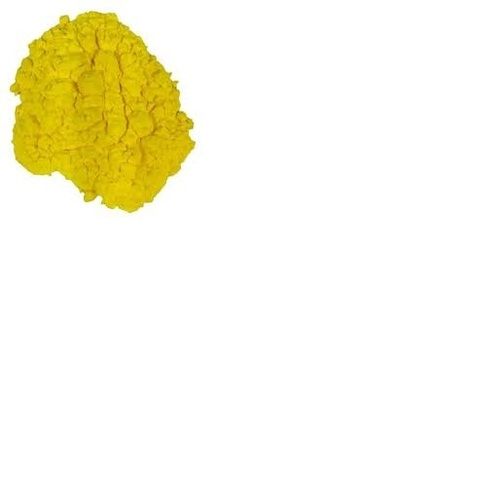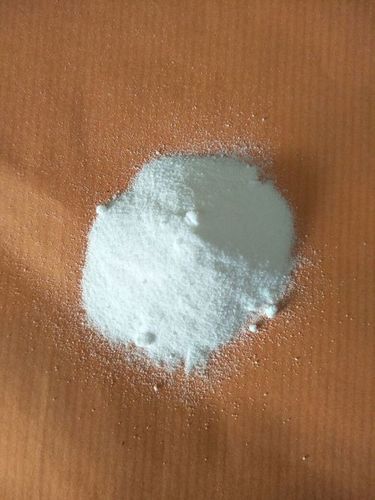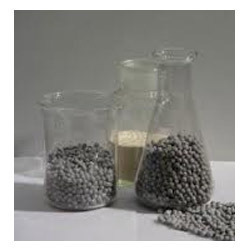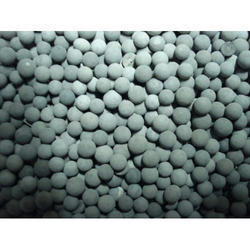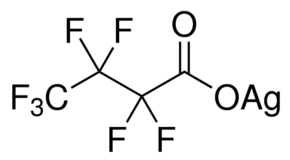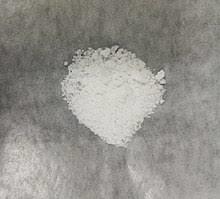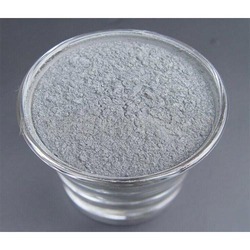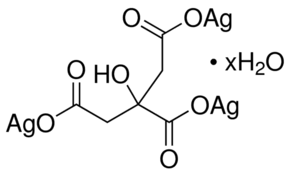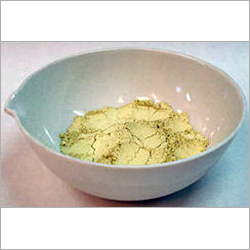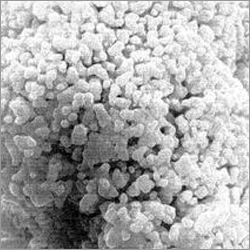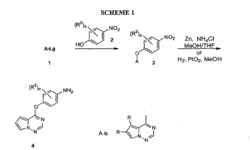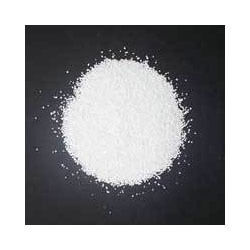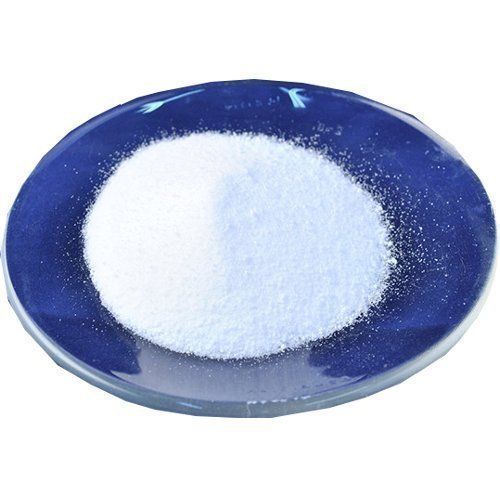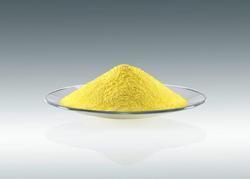
Tungstic Acid Boiling Point: 1
Price: 2900.00 INR / Kilograms
(2900.00 INR + 0% GST)
Get Latest Price
1 Pack Contains :
1
Minimum Pack Size :
100
In Stock
Product Specifications
| Molecular Formula | H2WO4 |
| Molecular Weight | 249.85 Grams (g) |
| Boiling point | 1,473 i?1/2C |
| Usage | For Industrial,Laboratory |
| Density | 5.59 Gram per cubic meter (g/m3) |
| Payment Terms | Cash in Advance (CID), Cash Advance (CA) |
| Supply Ability | 1000 Per Week |
| Delivery Time | 7 Days |
| Sample Available | Yes |
| Sample Policy | Sample costs shipping and taxes has to be paid by the buyer |
| Main Export Market(s) | South America, Western Europe, Middle East, Central America, Africa, Australia, Asia, Eastern Europe, North America |
| Main Domestic Market | All India |
| Certifications | ISO-9001:2008 CERTIFY COMPANYCERTIFICATE NO: QCSMPL/Q/J/0258. |
| Price Type | fixed |
| Price | 2900.00 INR (Approx.) |
| Mop | 100 |
| Brand Name | indian |
| Packsize | 1 |
| Unit Type | Kilograms/Kilograms |
| Returnable | No |
| Stock Quantity | 300 |
| Currency | INR |
| Moq | 100 |
| Product Unit | 100 Kilograms/Kilograms |
| Minimum Ordered Packs | 100 |
| Minimum Order Quantity | 100 |
| GSTIN | 0% |
Company Details
Business Type
Exporter, Manufacturer, Supplier
Employee Count
18
Establishment
2009
Working Days
Monday To Sunday
GST NO
27AACCI5908E1ZP
Payment Mode
Cash Against Delivery (CAD), Cash Advance (CA)
Certification
ISO 9001-2015
Related Products
Explore Related Categories
More Product From This seller
Seller Details

GST - 27AACCI5908E1ZP
Mumbai, Maharashtra
Director
Mr Darshan N Mehta
Members since
16 Years
Address
401, Aashiya Narsi Chaya 18, Swastik Society North South Road No 2, Vile Parle West, Mumbai, Maharashtra, 400056, India
Report incorrect details

